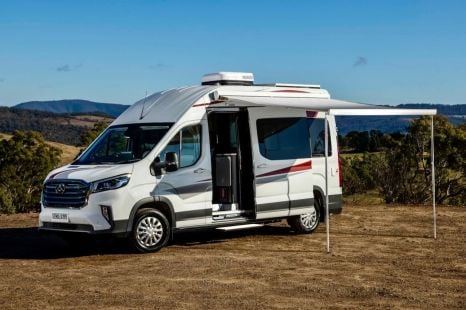

Ben Zachariah
2026 LDV Deliver 9 campervan released with sharp pricing
3 Hours Ago
It's unlikely to be atop your shortlist, but Korea's underdog SsangYong has defied the odds with a handsome, and well-rounded, mid-sized SUV.
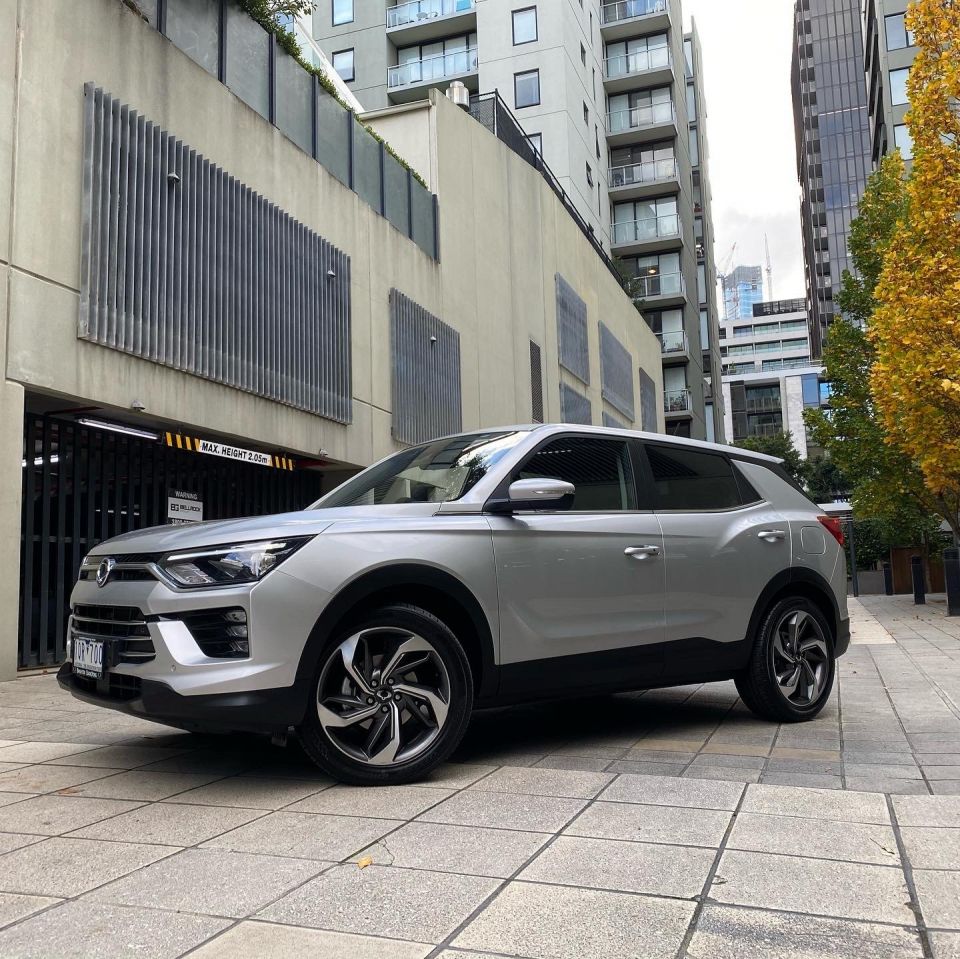


Senior Contributor
New from
$32,990
excl. on-roads

Senior Contributor
New from
$32,990
excl. on-roads


Senior Contributor
New from
$32,990
excl. on-roads

Senior Contributor
New from
$32,990
excl. on-roads
Quickly see how this car stacks up against its competition. Select any benchmark to see more details.
Where expert car reviews meet expert car buying – CarExpert gives you trusted advice, personalised service and real savings on your next new car.
It’s natural to lean towards an established brand. But if you’re willing to take a chance on a product from a lesser-known manufacturer, Korea’s SsangYong Korando presents what appears to be a compelling value-for-money equation with SsangYong Korando.
While the previous iteration ran a few lengths behind the pack, this striking new one is miles more resolved.
But since its chief competitors include big-selling and highly regarded offerings such as the Kia Sportage, Hyundai Tucson, Toyota RAV4 and Subaru Forester, it needs to be.

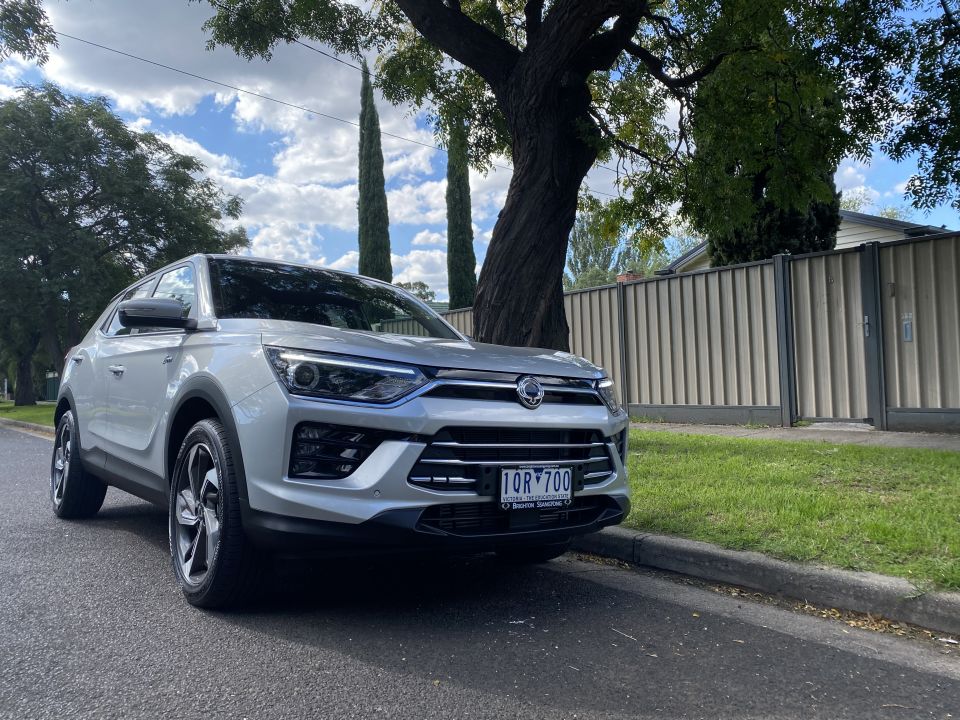
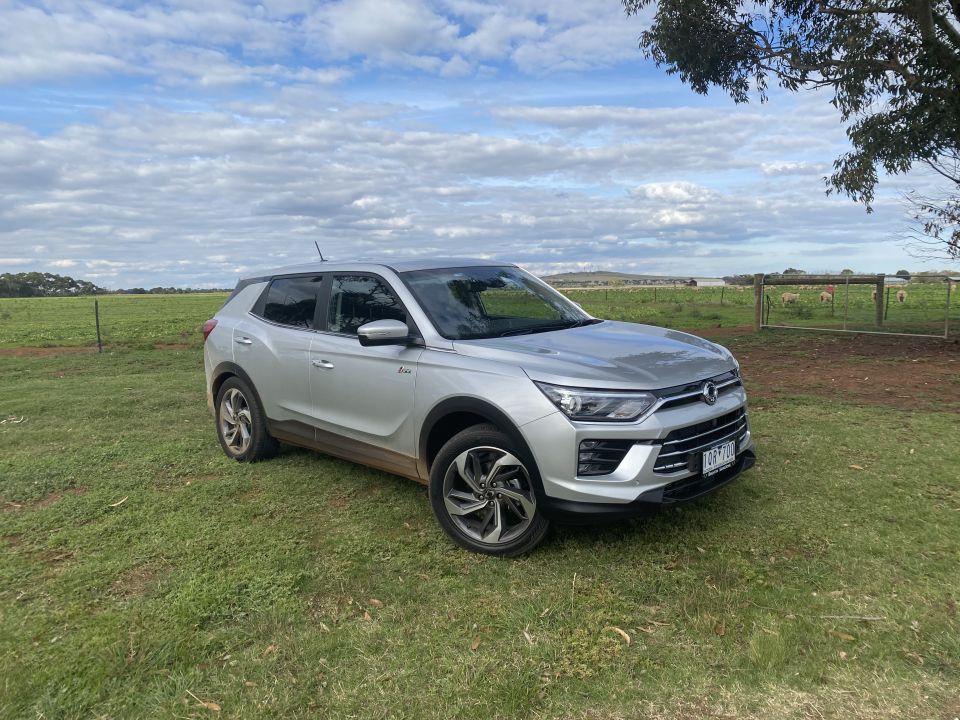
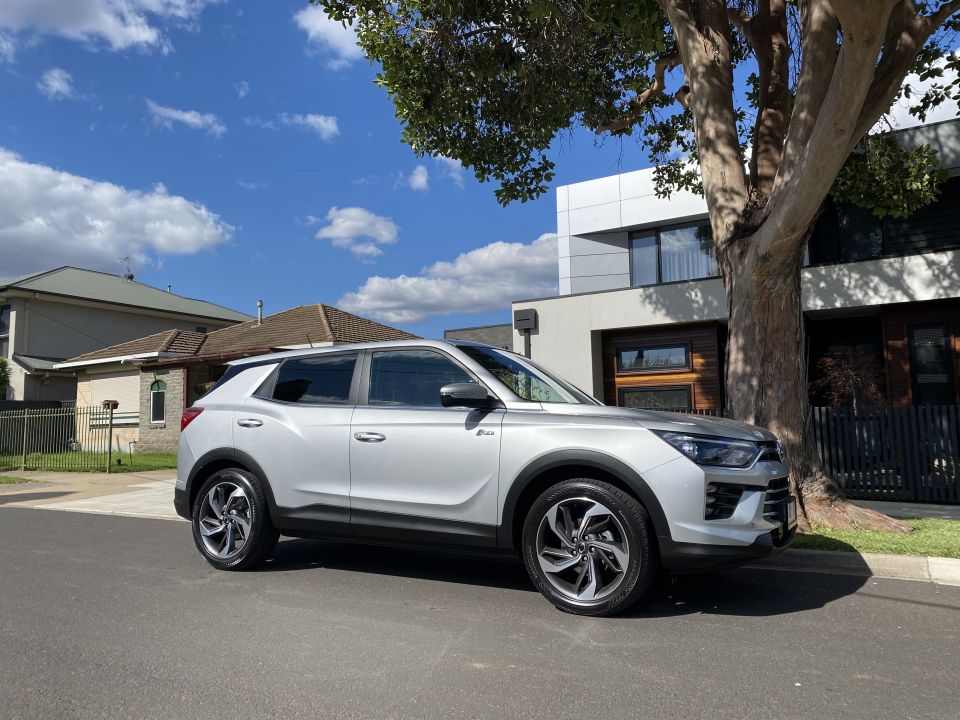
The Korando range kicks off with the EX at a sharp $26,990 drive-away, plus $2000 for an automatic transmission. From there it’s another $2000 into the auto-only ELX ($30,990), and up to $36,990 drive-away for the Ultimate range-topper that we’re looking at here.
Which means this flagship grade undercuts a range-topping Sportage GT-Line or Tucson Highlander by around $10,000 depending on what sort of deals are in the offing.
Put another way, the Ssangyong Korando achieves price parity with de-specified mid-range versions of its competitors, which have more badge credibility but fewer features.
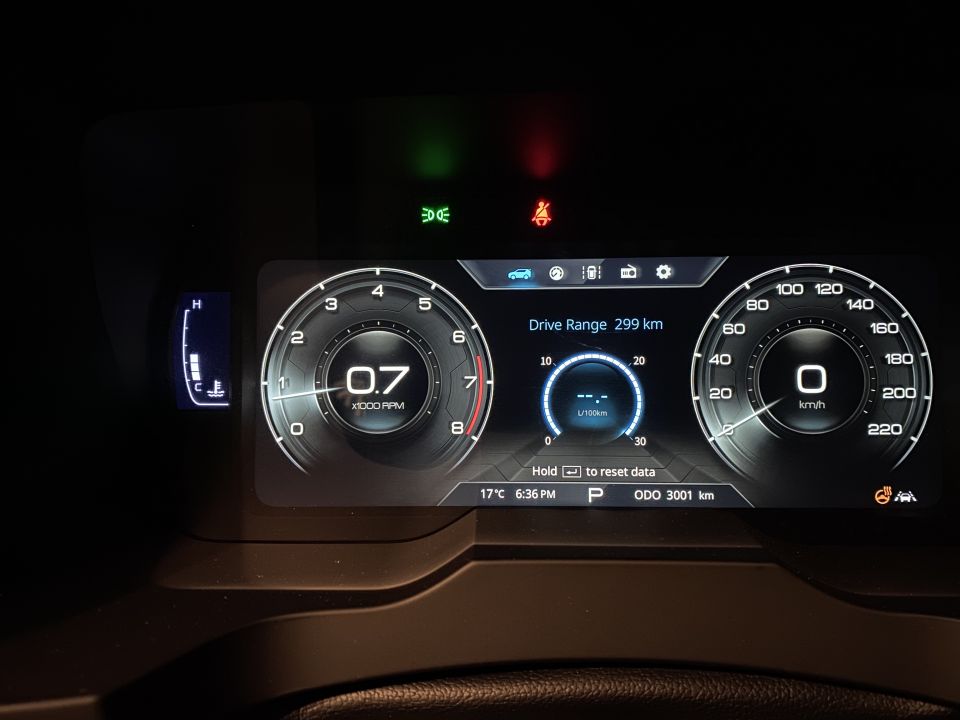
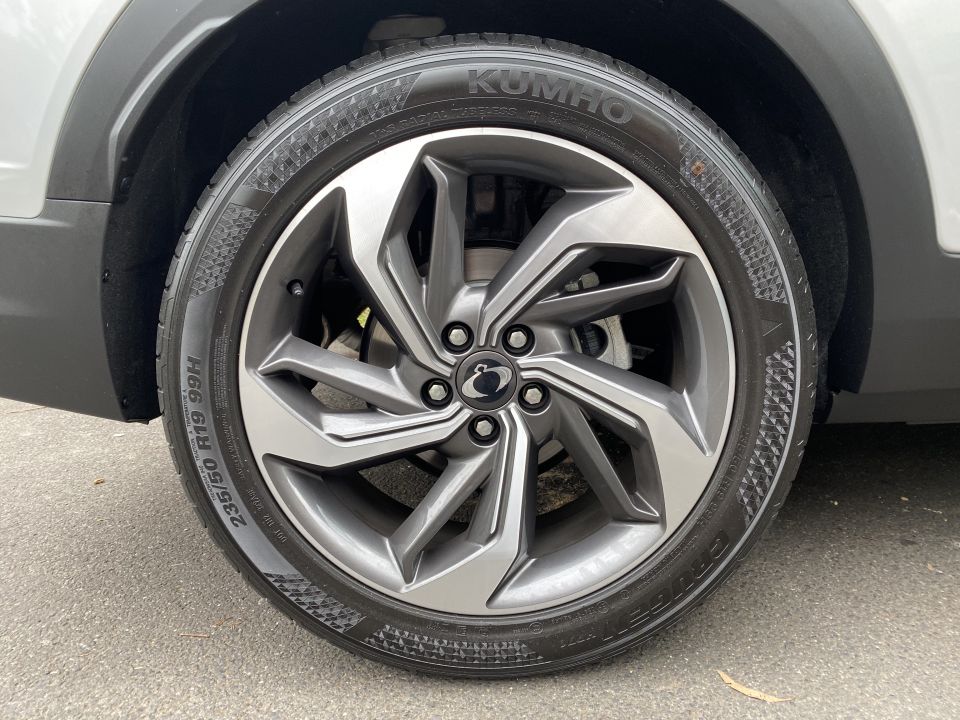
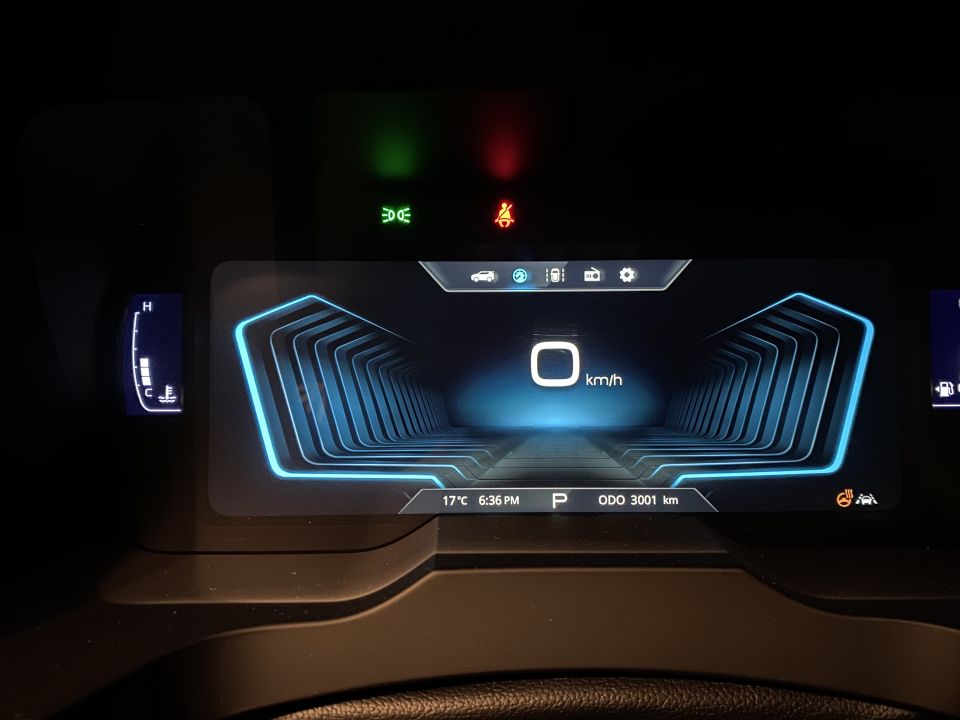
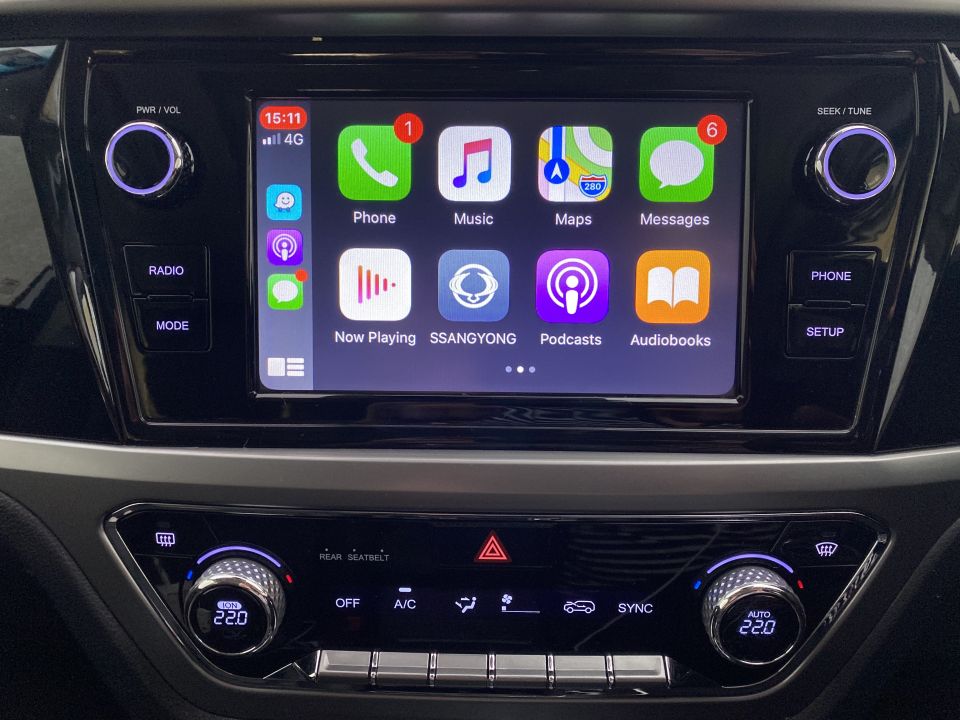
Buy your new car without the stress. It's fast, simple and completely free.

Great service from Travis and team, second time I have used this business would not hesitate to recommend them to anyone
Craig C.
Purchased a Ford Ranger in Sunshine Coast, QLD
CarExpert helped Craig save $7,224 on his Ford Ranger, now let us save you on your next new car.
Get your BEST priceIt’s not lacking equipment. On the outside there are 19-inch alloy wheels that look mighty fine, LED daytime running lights and rear combination lights, power-folding and heated side mirrors, an acoustic windscreen, and privacy glass.
The headlights have a dusk sensor, but they are also yellow halogen projectors, not sharper LEDs.
Cabin features include dual-zone climate control, a sliding sunroof, an electrically-actuated tailgate, one-touch auto up/down front windows, a proximity key fob with push-button start, rain-sensing windscreen wipers, a tyre-pressure monitor, and leather seats with ventilation and heating up front, and heating for back-row passengers. There’s even a heated steering wheel.
Infotainment comprises an 8.0-inch touchscreen with Apple CarPlay and Android Auto, a rear-view camera, six speakers, Bluetooth audio and phone, and a single USB input. There is neither digital radio or factory satellite navigation. There’s also a sharp 10.25-inch digital instrument display in place of analogue instruments.
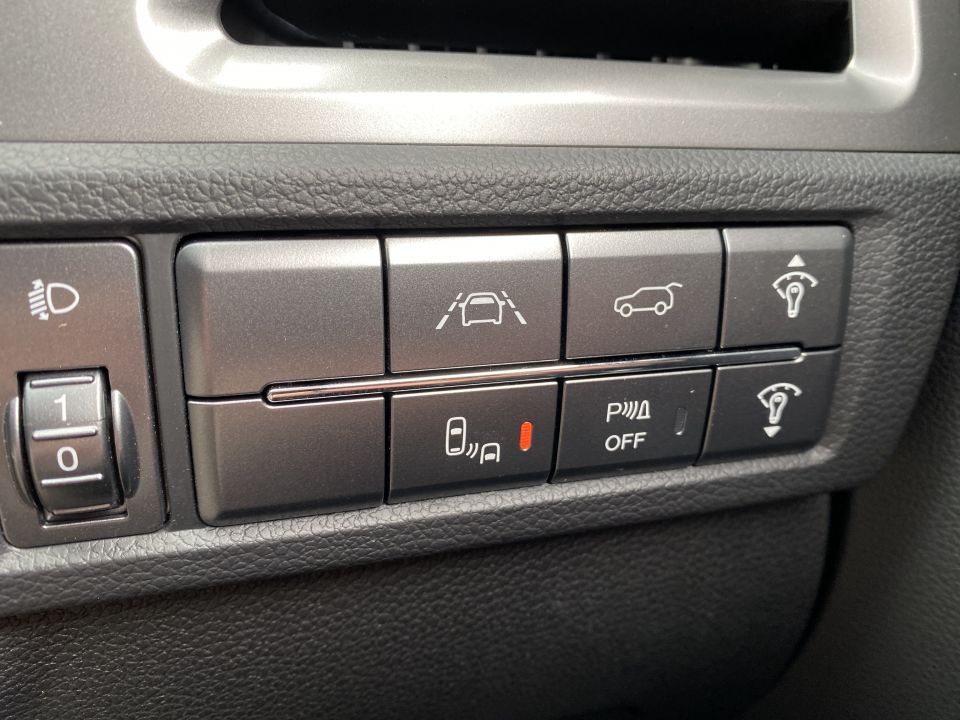
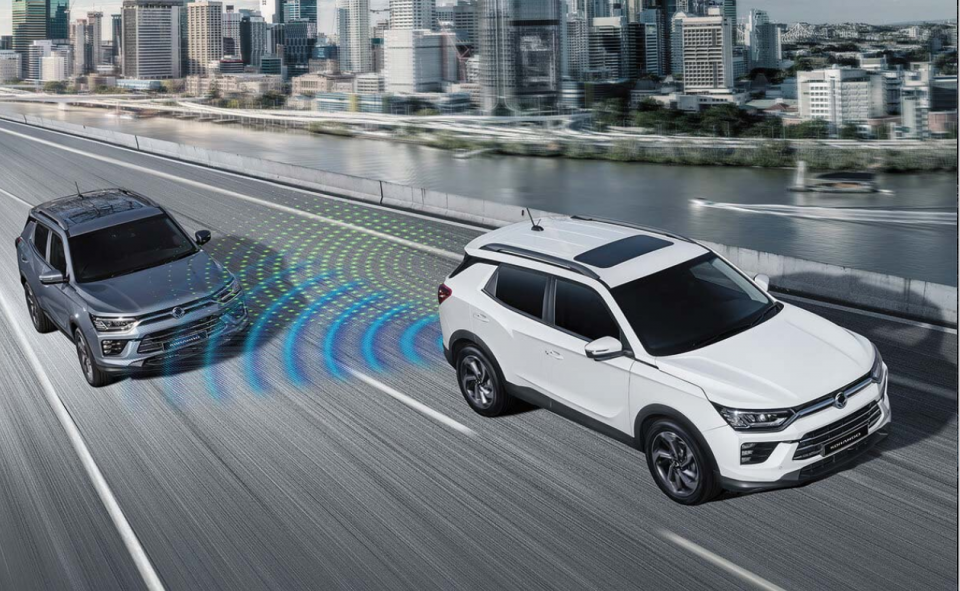

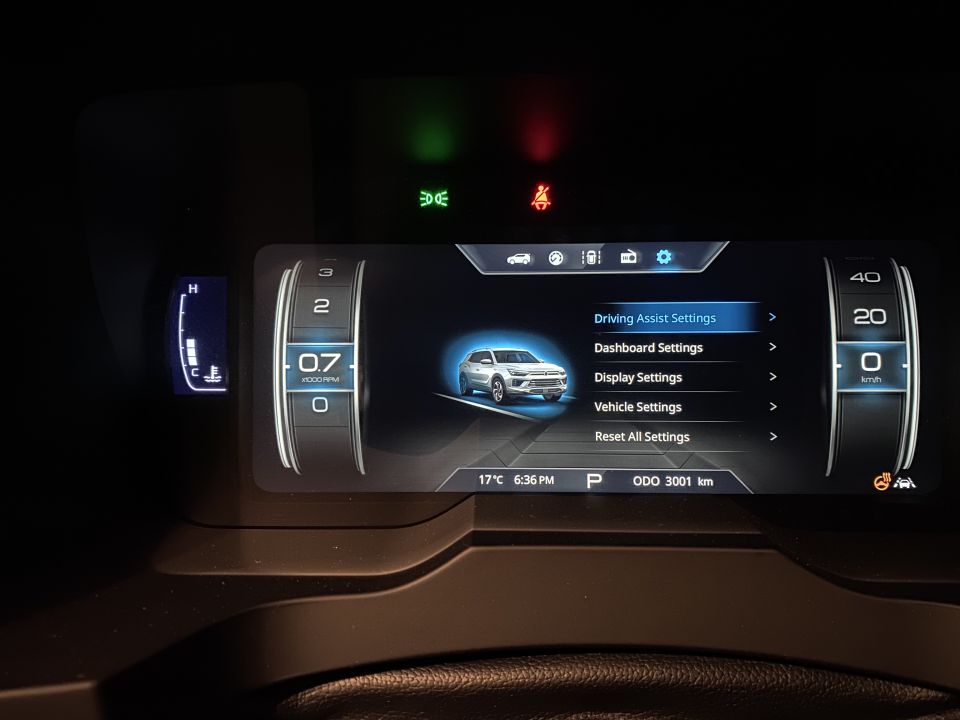
Australian crash tester ANCAP gave the Korando the maximum five-star rating against tough 2019 criteria. The score included 88 per cent for adult occupant protection, 86 per cent for child occupant protection, 72 per cent for safety assist, and a more modest 68 per cent for vulnerable road user protection.
Features include seven airbags (dual-front, dual-front-seat, full-length side curtain, and driver’s knee), two ISOFIX child-seat anchors and three top-tether points, autonomous emergency braking (AEB), collision warning (forward) lane-keeping assist, lane-departure alert, driver attention monitor (based on steering inputs), active cruise control, blind-spot monitoring, and rear cross-traffic alert.
ANCAP’s crash report rated the lane-keeping assist, which can turn the steering wheel to keep the car in its lane, as ‘good’. It gave the AEB perfect marks at city speeds, and a ‘good’ grade at interurban speeds in all areas but one. It also demonstrated ‘adequate’ performance in tests of its effectiveness at braking for pedestrians night and day, and ‘marginal’ performance when braking for cyclists.
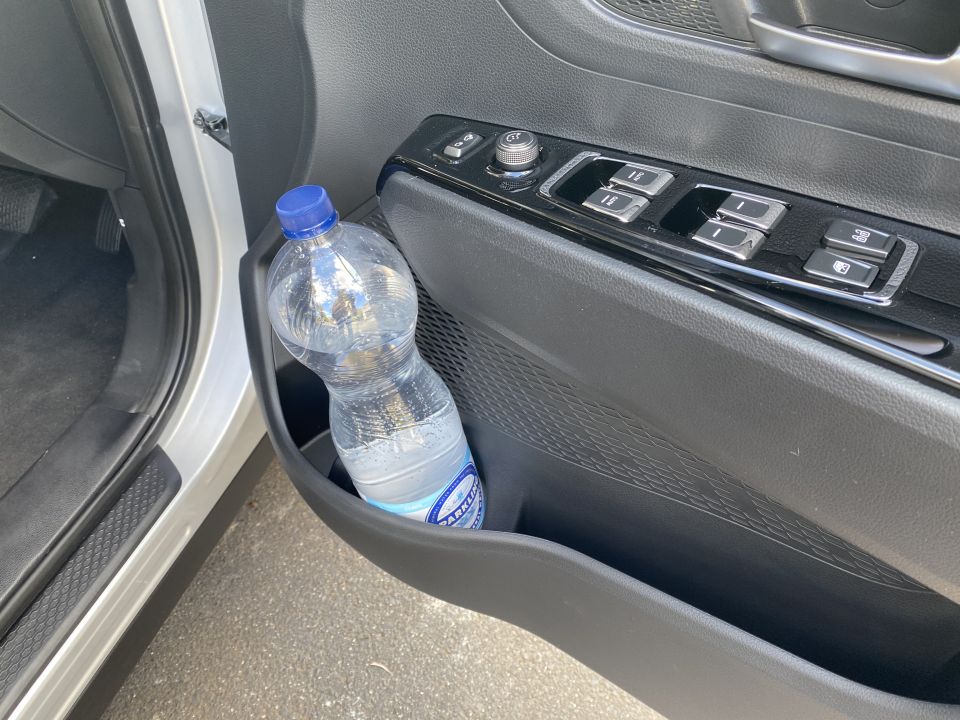
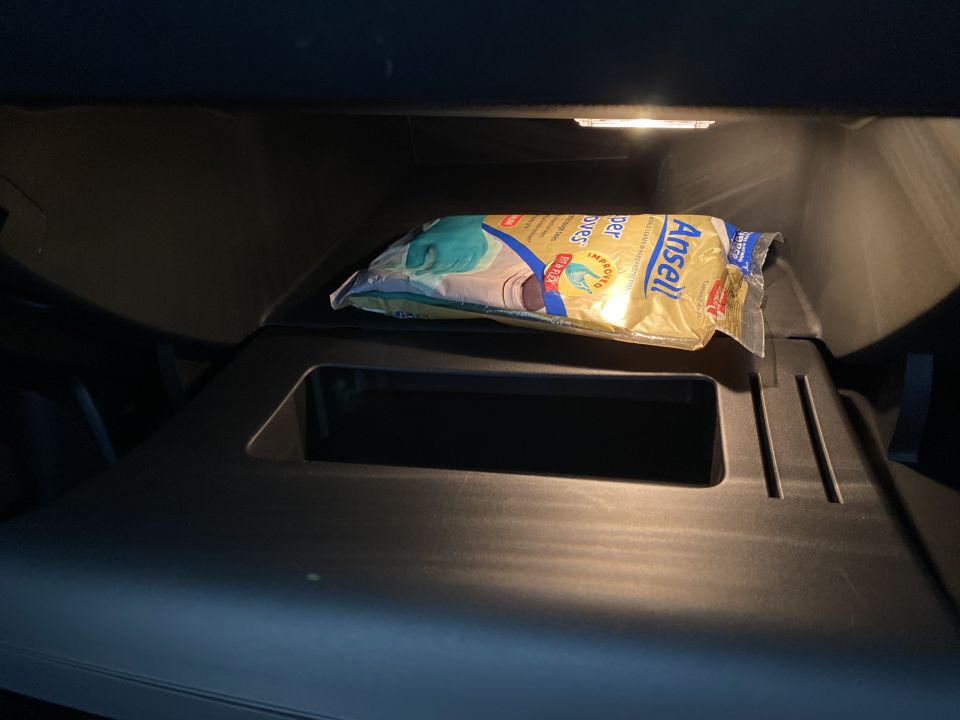
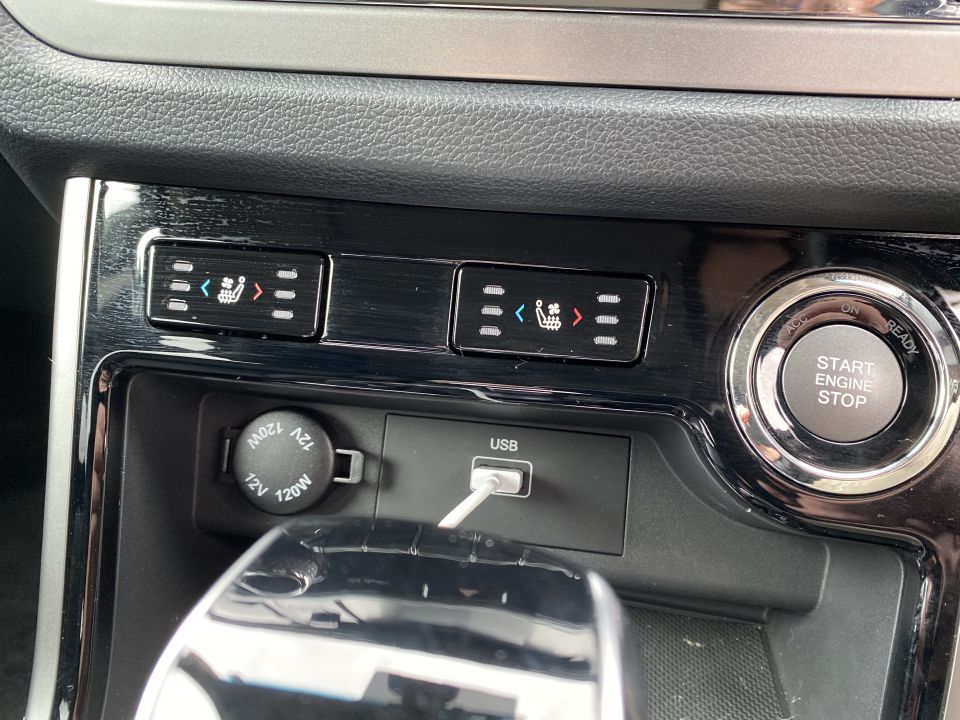
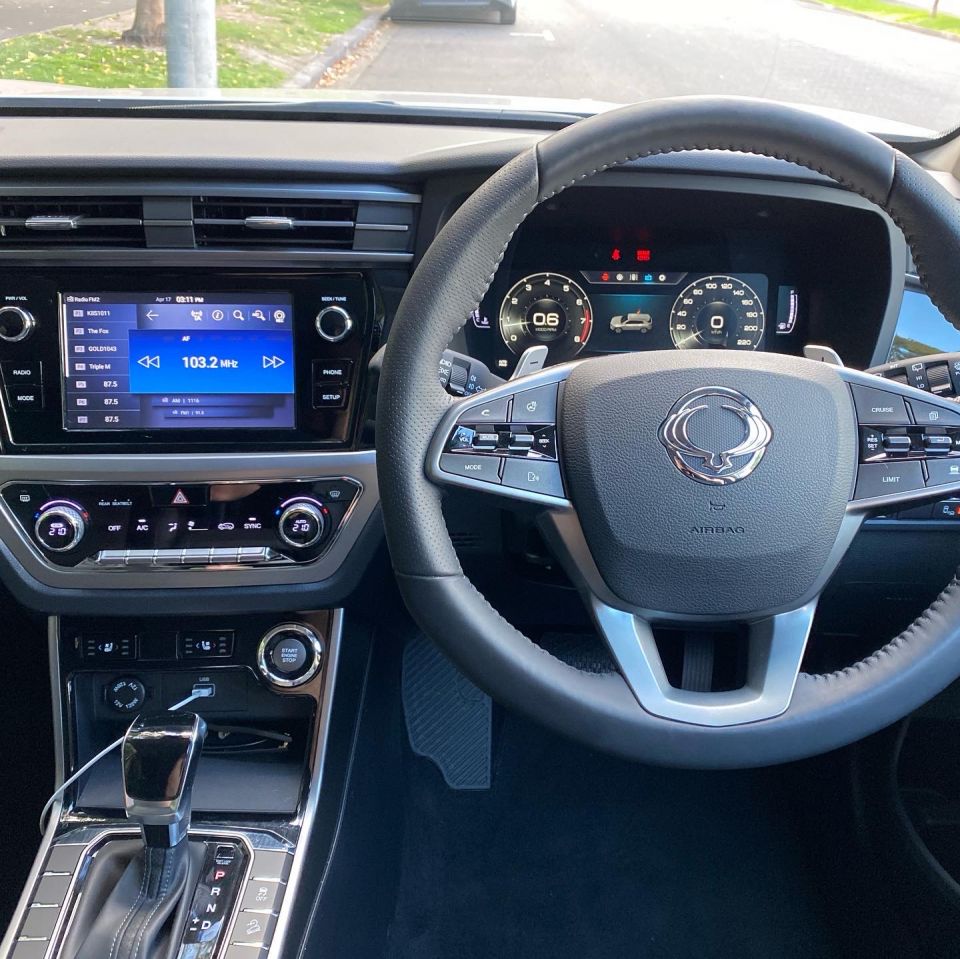
The ergonomics are sound, with the manually adjustable and nicely-trimmed leather seats and steering wheel offering decent breadth of movement. Storage needs are well-catered for thanks to 1.5-litre bottle-swallowing door bins, a large glovebox, and a shelf ahead of the gear shifter.
On first impression it looks quite contemporary, thanks in large part to the smart digital instrument display that has a few different viewing options to scroll through via the wheel-mounted buttons. This, and the centre infotainment screen, are quick to load and offer good resolution.
The infotainment also offers a high-resolution reversing camera and you can mirror your phone’s maps, Spotify, or podcast app via Apple CarPlay or Android Auto. There is however only one USB point and no digital radio receiver.
Below the centre screen is a digital dual-zone climate control system which you adjust with nicely damped buttons and knurled dials. This design carries over to the transmission tunnel, where you’ll find a dial to control the driving mode and buttons for the electric parking brake and the anti-creeping Auto Hold function.
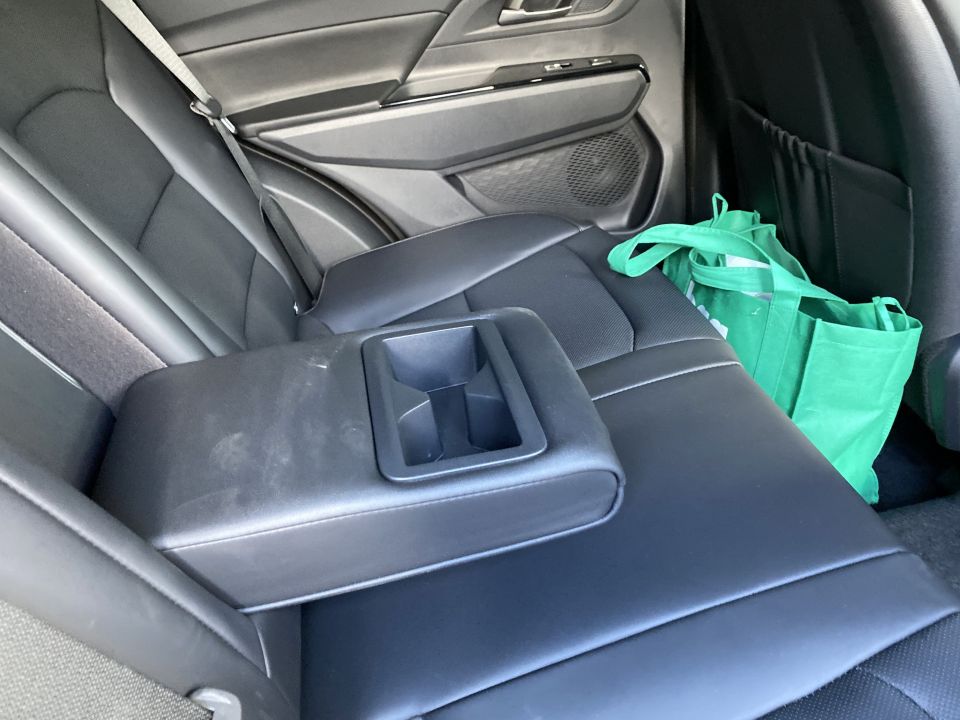
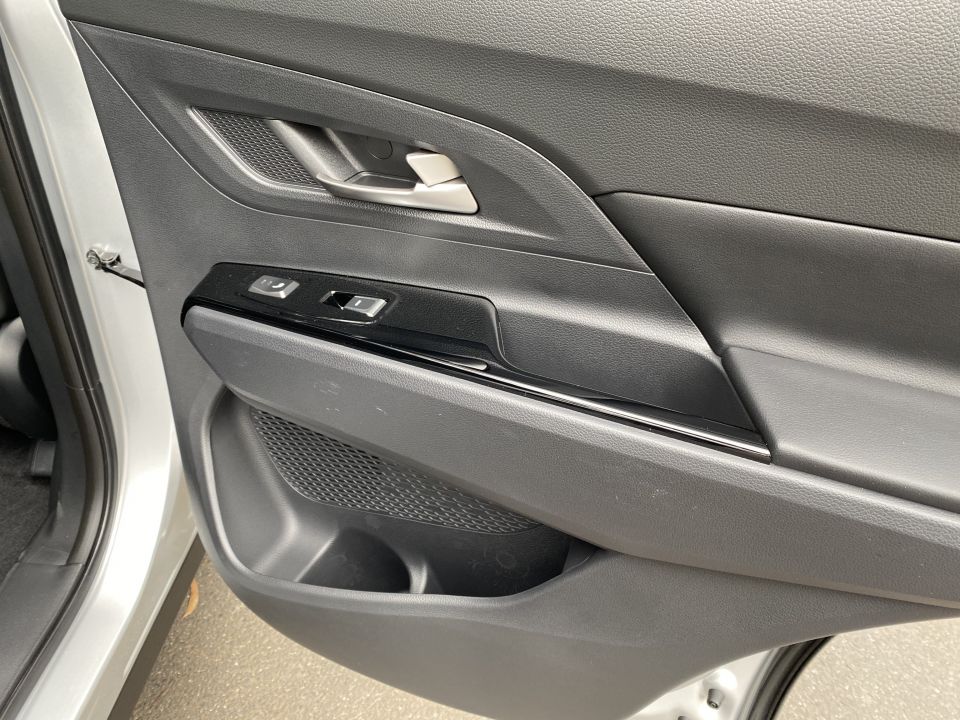
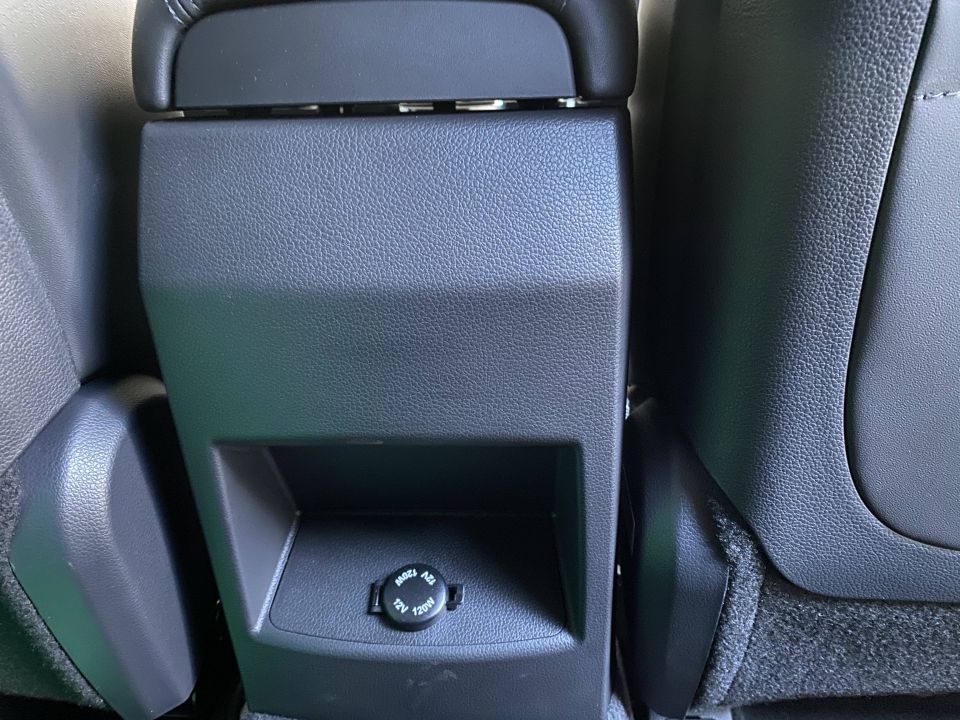
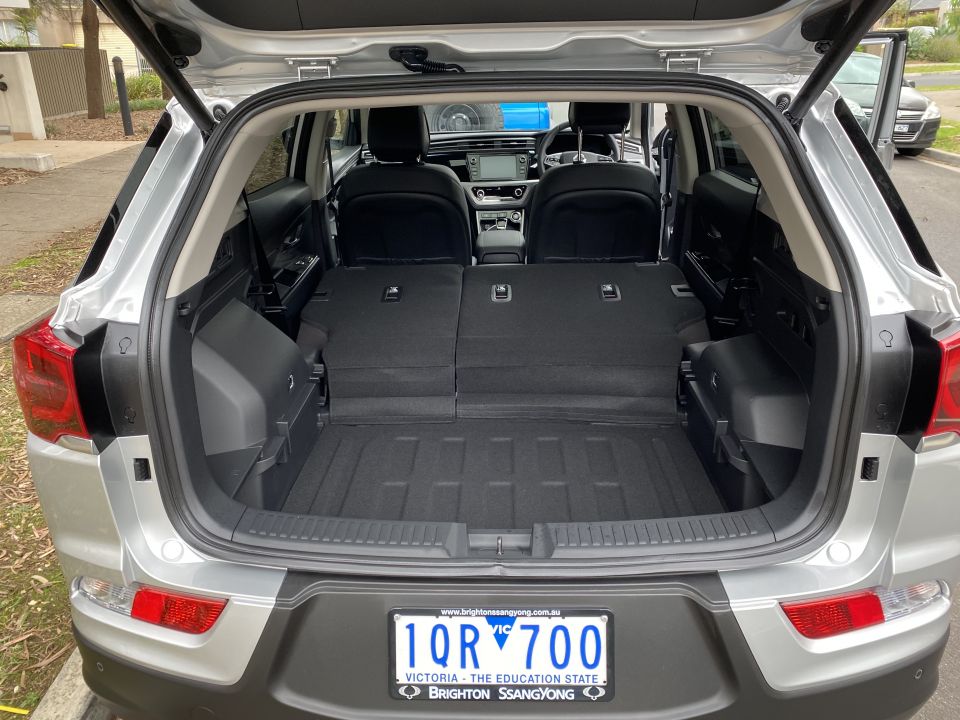
The build quality and panel consistency is also fine, feeling every bit of good as its Korean and Japanese competition. What lets its down a little are the obviously cheap, hard plastics along the transmission tunnel and lower dash, the acres of glossy black trims that are a magnet for dust, smudges and scratches, and the frankly flimsy-feeling interior door handles.
They’re rough edges on a generally well-sorted interior that again belies the badge for the most part.
Another issue is the fact that, while in isolation the 8.0-inch centre screen and accompanying 10.25-inch digital instruments look the goods, a quick trip the SsangYong.co.uk shows their top-spec Ssangyong Korando gets a 9.0-inch HD display with TomTom satellite navigation, an instrument display that can show you maps, and an ambient LED lighting scheme with 34 colours.
It’s hard to complain too much about back seat space, which is generous. At 4450mm long, the Ssangyong Korando is actually quite small for the class, but you wouldn’t know it. I’m 194cm and had sufficient legroom and headroom. It would be nice to have rear vents and USBs, however.
The two-stage boot offers a generous 551L of storage, and is 1350mm wide by 815mm long at its maximum. The back seats also fold down to create a bigger storage area of 1248L. However, there is no spare wheel, not even a space-saver. Just a patch kit including filler and a compressor.

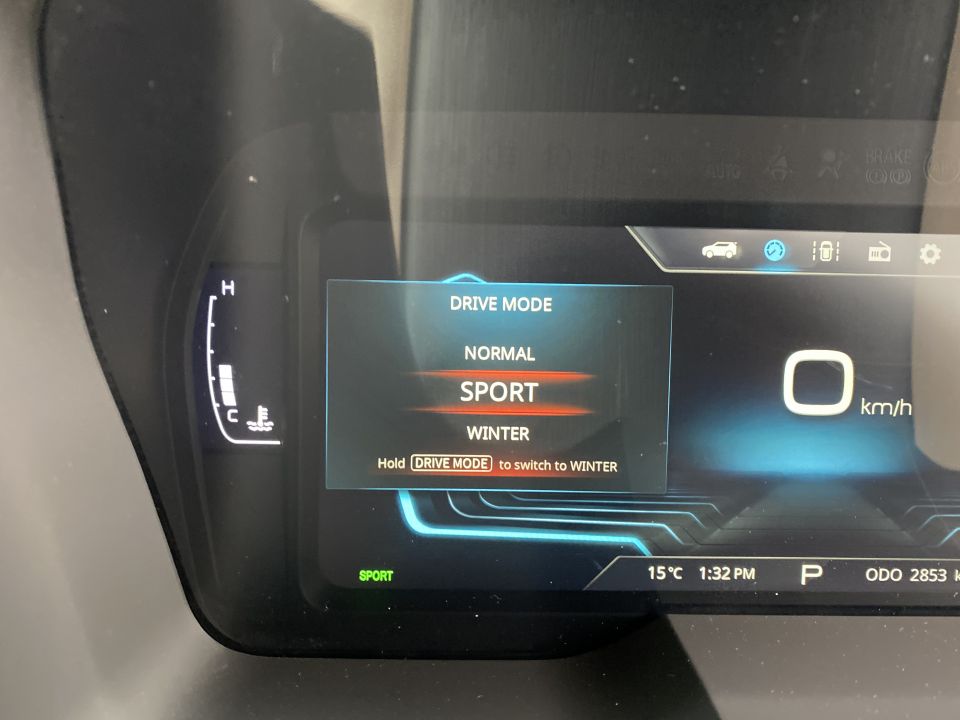


Diesel is available, but the majority of buyers interested in this segment opt for petrol power. So our test car is fitted with a 1.5-litre turbo-petrol engine making a modest 120kW of power (a smidgen under the odds) and a healthy 280Nm of maximum torque between 1500rpm and 4500rpm.
This is mated to a six-speed automatic supplied by Aisin, and is sold for now at least as front-wheel drive only. Towing capacity is 1500kg, with the diesel able to lug 2000kg (braked).
Being a small-displacement turbo engine, it takes half a second to really respond the hard throttle inputs, but it has a strong mid-range that makes it feel more effortless, and less breathless, on the move than something like a 2.0-litre naturally aspirated Hyundai Tucson Active X.
The cabin is largely free of engine vibration as well. The difference in throttle uptake and transmission shift points from the various driving modes felt negligible. For an urban runabout and freeway cruiser, it’s absolutely fine. The option of all-wheel drive would be appreciated at update time, though.
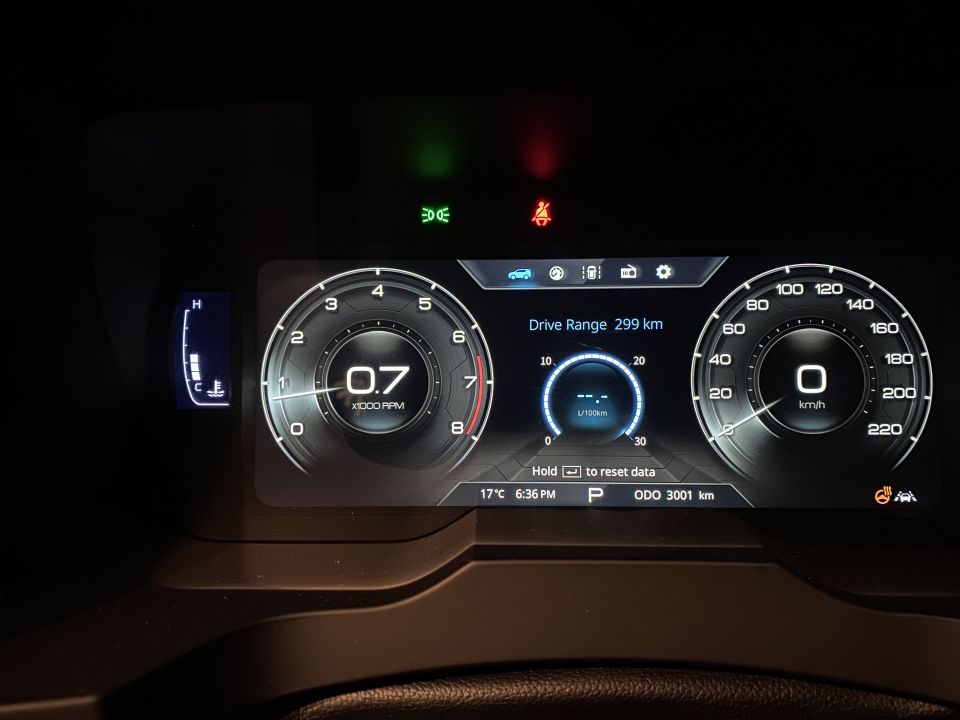

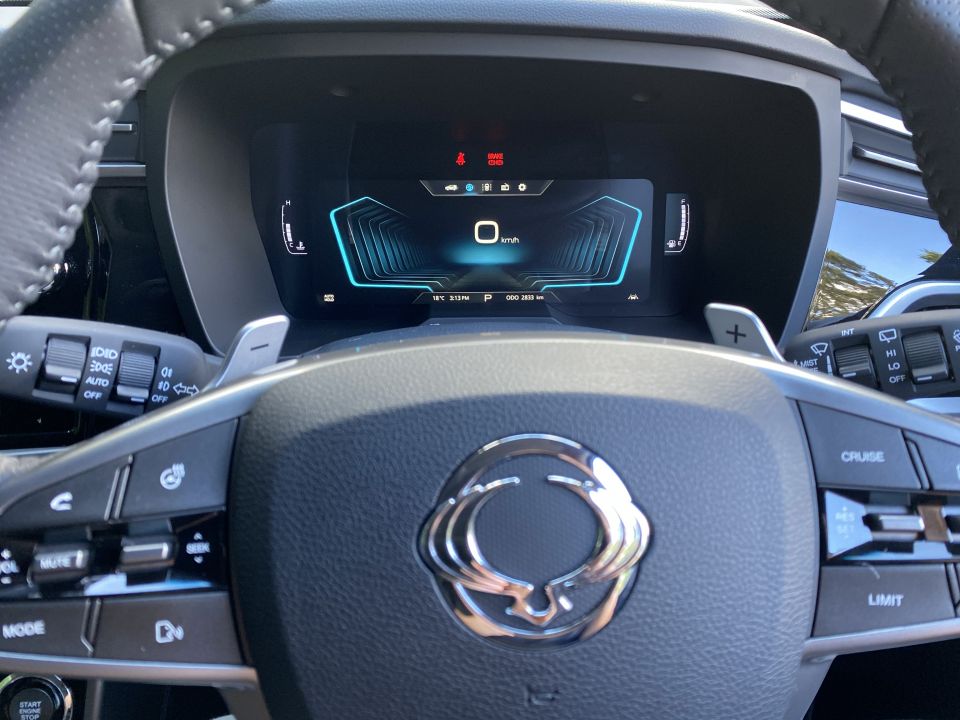
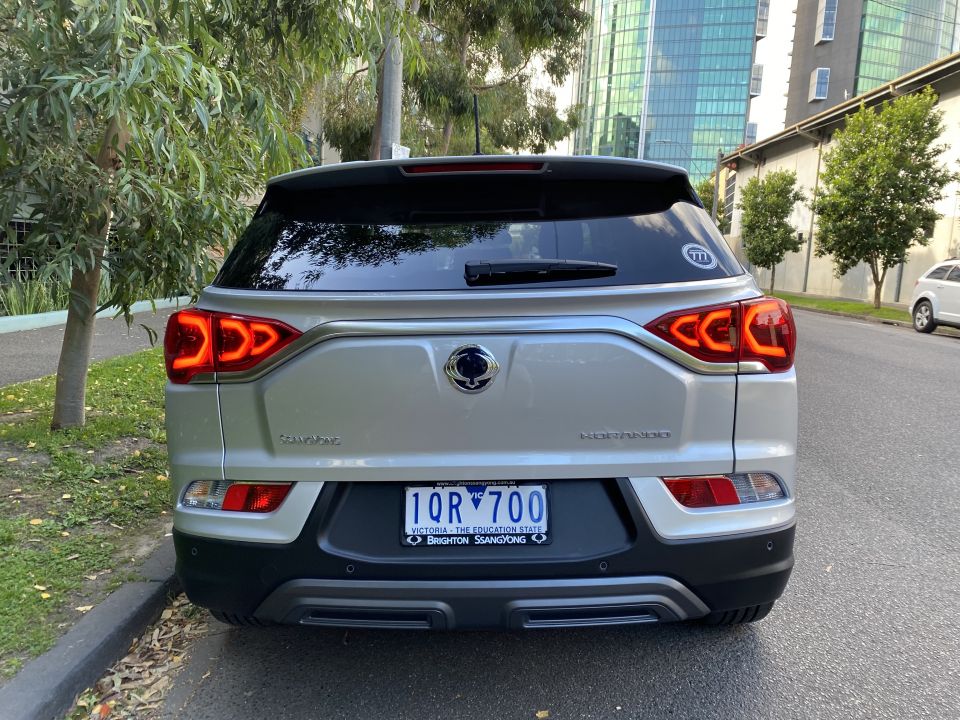
I’ve found the ride quality in the larger SsangYong Rexton to be a little fidgety and stiff, but the Korando makes a better case.
The all-round independent suspension is quite well-sorted, with good damper control on sharp hits like potholes and over speed bumps smoothing out the ride despite the slim-sidewall tyres and blingy wheels.
When I ran over a nearby pothole I was surprised at how little of the inputs made it through to the seat and through the steering column. It also feels quite agile when you throw it into corners, though the feather-light and feel-free steering doesn’t communicate what the front wheels are doing very well.
The other side of the coin is active safety. I really want to focus on the lane assist system, which is quite capable of steering the wheel to get you around a corner inside the road markings. I tried a hands-off approach through a 100km/h sweeper and it made the turn easily – more so than some rival systems. Good job, SsangYong.
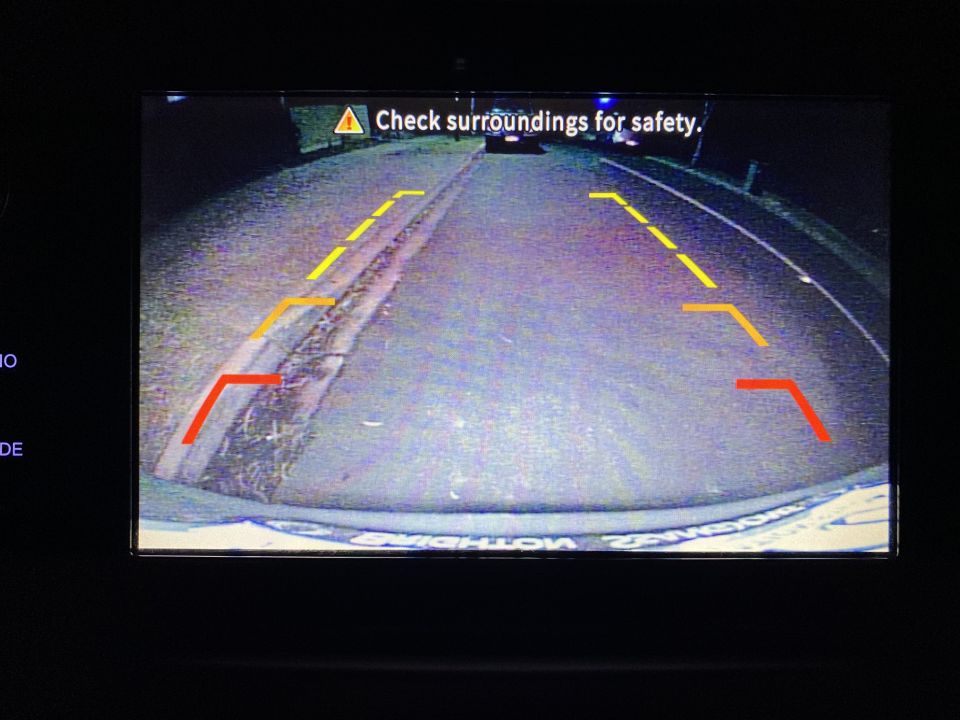

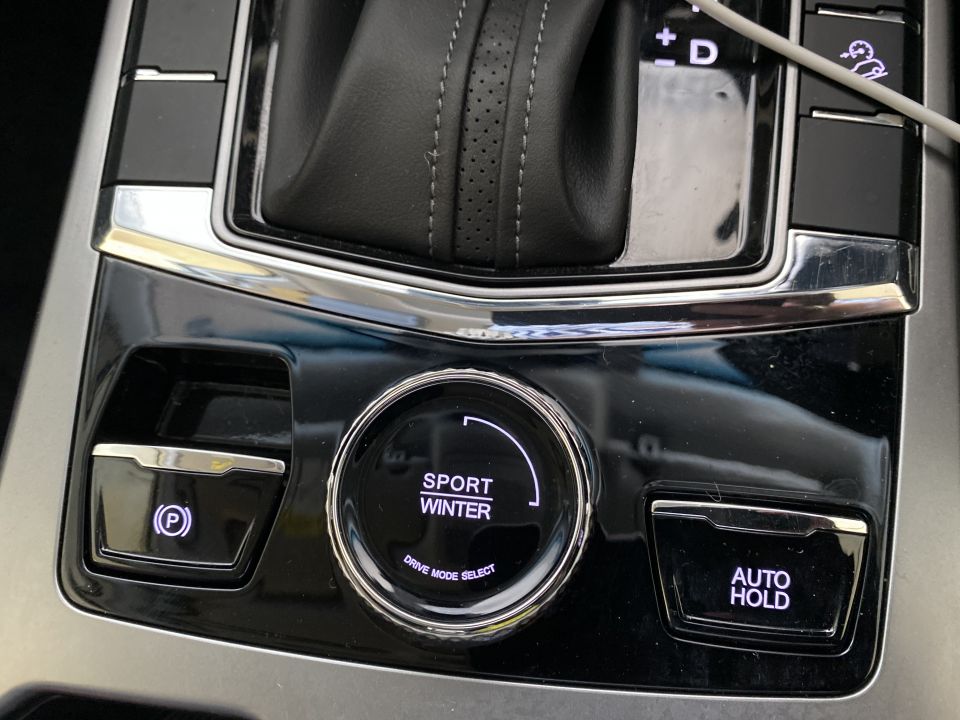
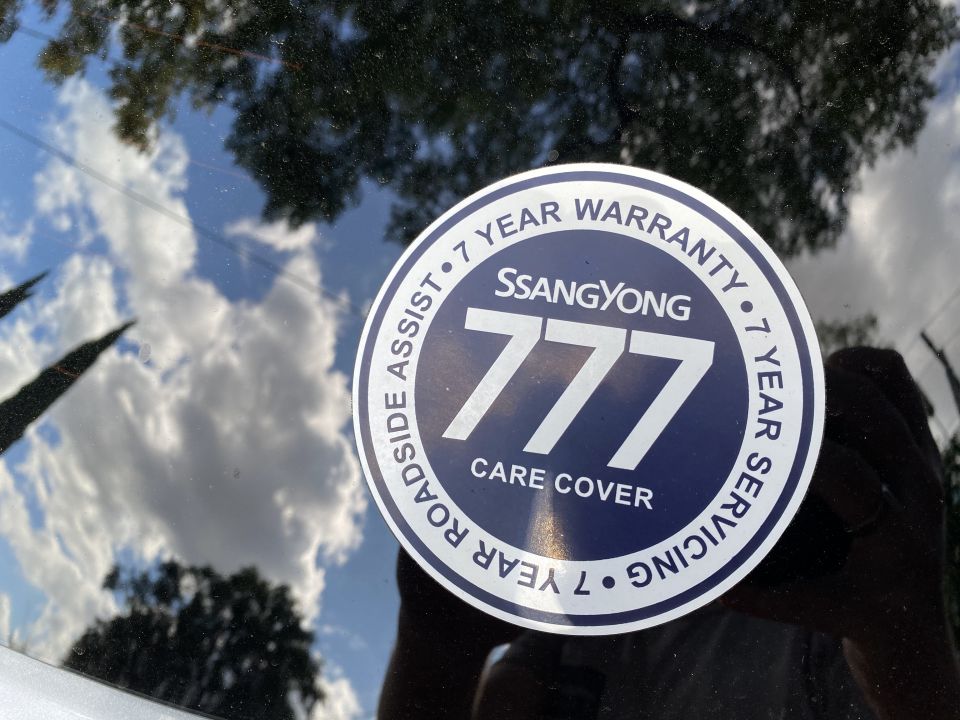
The company claims fuel economy of 7.7 litres per 100km, but I averaged 9.5L/100km.
It has expensive tastes, requiring 95 RON premium petrol. The optional 1.6-litre diesel engine (100kW/324Nm) slashes the claimed fuel use on the combined cycle to just 5.5L/100km, but costs an additional $3000.
SsangYong’s factory distributor backs itself with an impressive seven-year bumper-to-bumper warranty with roadside assist. This is clearly a policy crafted to improve resale value, which is always a thorn in the side for low-profile brands looking to get market traction.
It offers capped-price servicing for the first seven visits at intervals of 12 months or 15,000km. Each service costs a reasonable $295, which isn’t as cheap as Toyota but is far from the most expensive in the segment.
While some rivals try to hide additional charges, SsangYong is open and frank, offering full parts and labour cost breakdowns for all additional work that’ll be required. For example every two years you’ll need to spend $121 on new brake fluid and $88 on a new fuel filter, and new spark plugs at 60,000km should cost $200.97 fitted.
You can read all the terms and conditions here.
While the brand has expansion plans for Australia, at present it has a smallish dealer network for service support. On its website you can find 44 sites in all States and Territories bar the NT, but this is a small network compared to bigger-volume competitors, so keep that in mind.
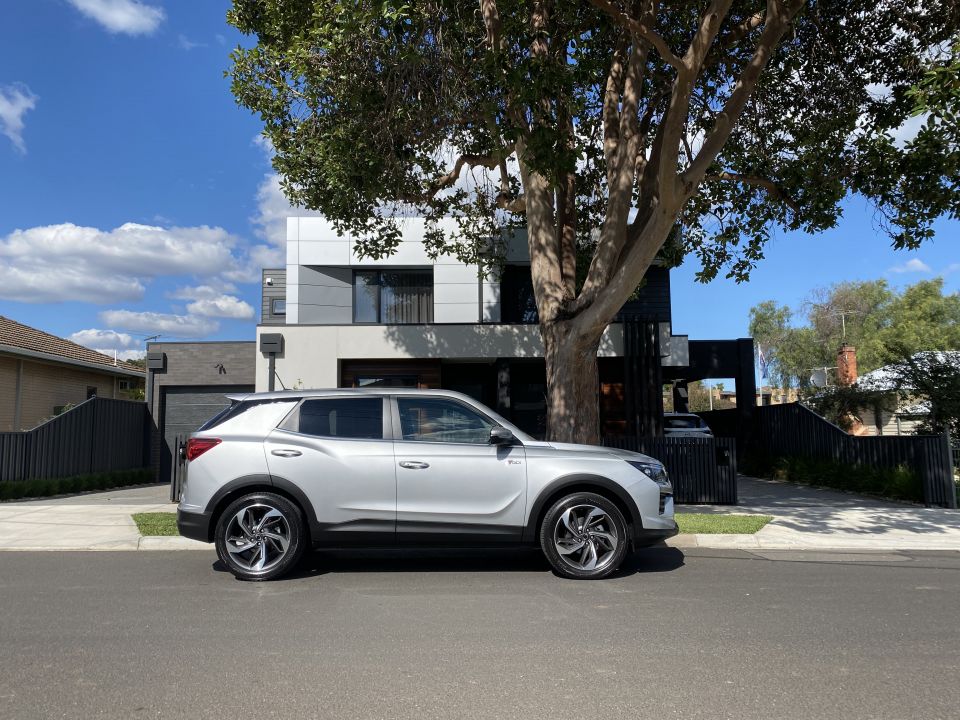
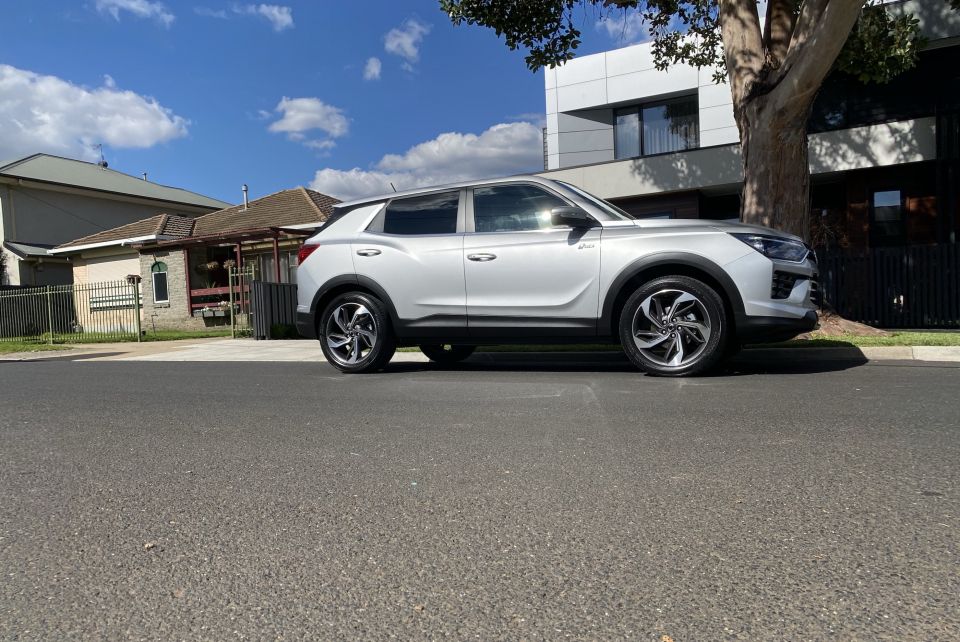
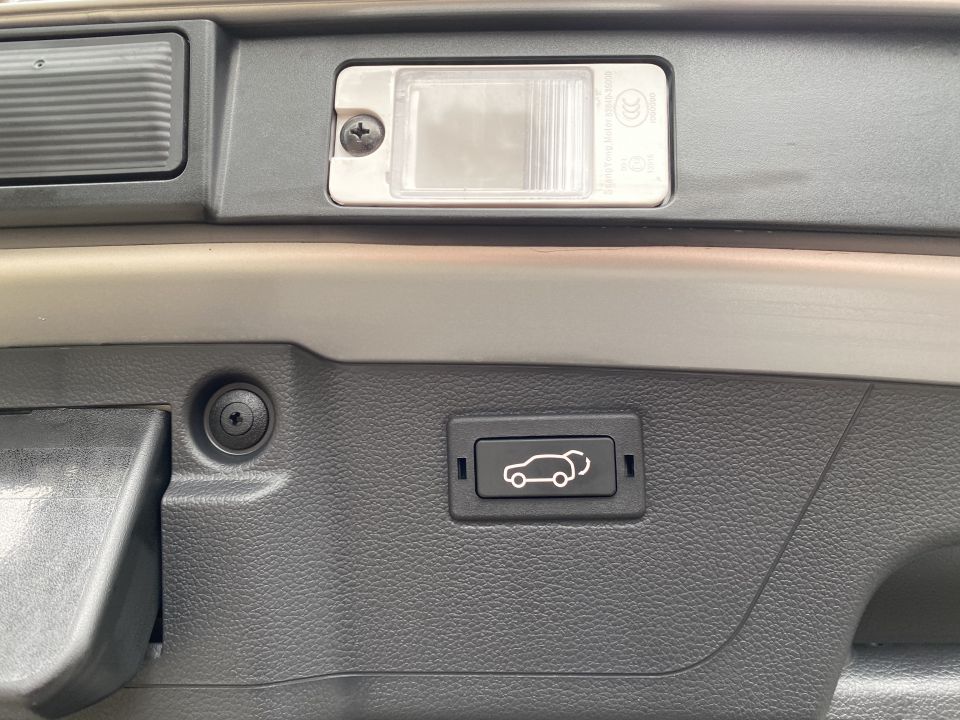

Buy your new car without the stress. It's fast, simple and completely free.

Great service from Travis and team, second time I have used this business would not hesitate to recommend them to anyone
Craig C.
Purchased a Ford Ranger in Sunshine Coast, QLD
CarExpert helped Craig save $7,224 on his Ford Ranger, now let us save you on your next new car.
Get your BEST priceThe SsangYong Korando is one of the more surprising cars on sale today. Why? Because it’s really quite good.
It’s handsome, rides and handles nicely, is spacious, and brims with standard features and safety equipment at a sharp price.
But should you pull the trigger and buy one instead of something from a more recognised brand, which will either cost more or come with fewer features?
Given the long warranty, and the reputation the brand has for decent reliability, it’s probably a surer bet than some of the other startup brands that have hit Australian shores.
SsangYong is not the biggest or wealthiest car-maker around, and we recently learned its majority shareholder Mahindra and Mahindra had urged it to seek additional funding.
What I do know for sure is that, given SsangYong’s minnow status, the fact it has created such a thoroughly decent SUV is to be commended.
Where expert car reviews meet expert car buying – CarExpert gives you trusted advice, personalised service and real savings on your next new car.


Ben Zachariah
3 Hours Ago
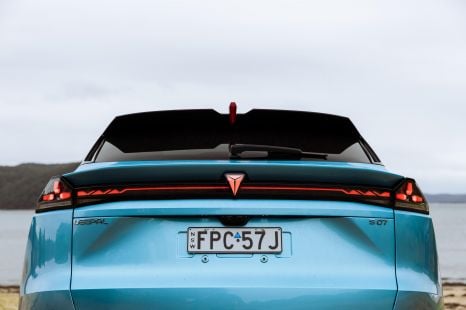

William Stopford
5 Hours Ago
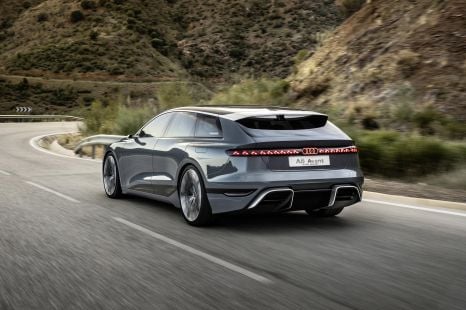

Derek Fung
5 Hours Ago


Alborz Fallah
5 Hours Ago
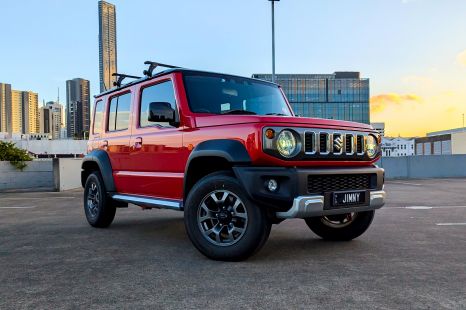

William Stopford
12 Hours Ago
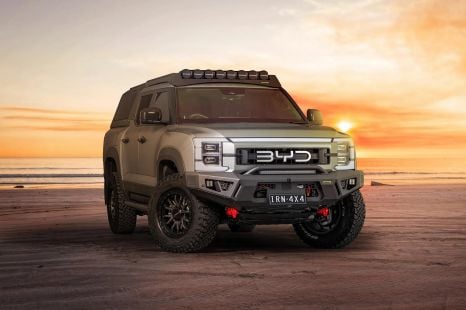

William Stopford
20 Hours Ago